What are
Stepped Gardens?
The visual hierarchy of Persian gardens was sometimes represented by their vertical design in the shape of multiple terraces reinforced by land topography. The ruler’s position at the political and social center of the kingdom was expressed by his occupation of the highest level in the garden city. The expression of power was more complicated in some cases, such as Shalimar Bagh in Kashmir. While the gardens of royal ladies occupied the highest level in this garden, the ruler’s garden is at the center, being present and visible at all levels. In other words, the vertical hierarchy does not always imply the authority hierarchy. In some cases, the highest levels of gardens/pavilions were occupied by more private spaces for royal ladies, as described earlier.
Story Timeline
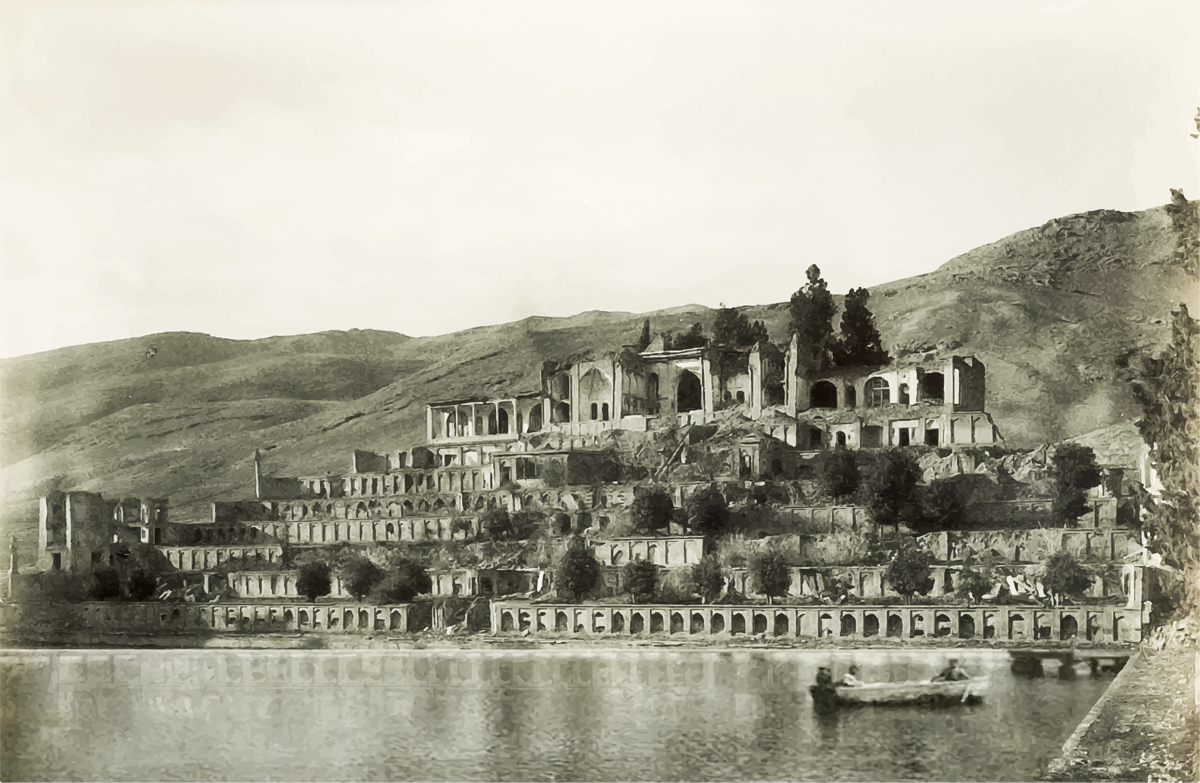
Takht Garden (Garden of the Throne)
Adopted from Thomson, J. Shelfmark, Bagh-i-Takht, KITLV 81868 Subject (topical): Historical Remains Palaces Subject (geographic): Iran.
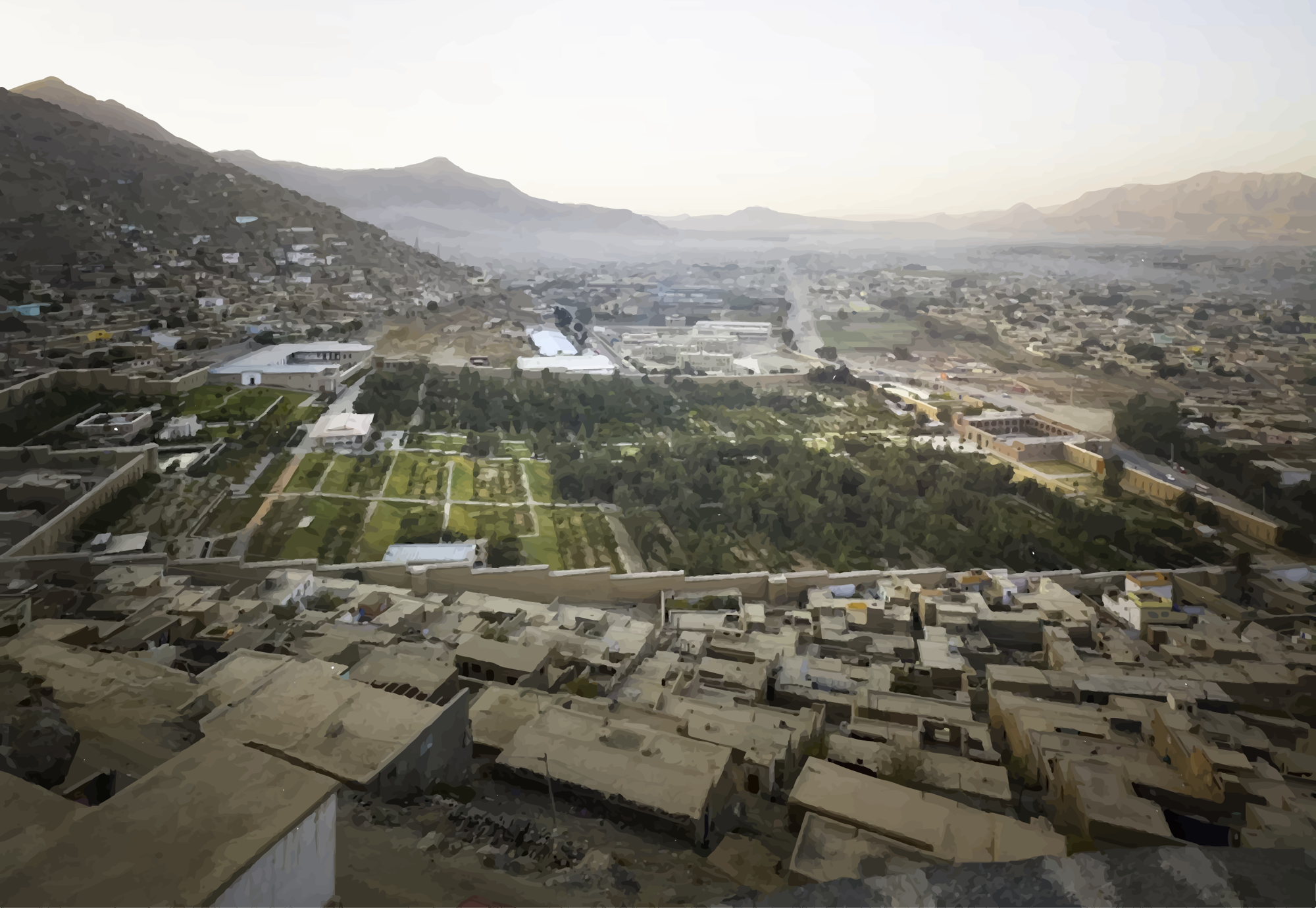
Adopted from Christian Richters, Aerial view over Bagh-e Babur following restoration, Kabul, Afghanistan, From the Aga Khan Development Network.
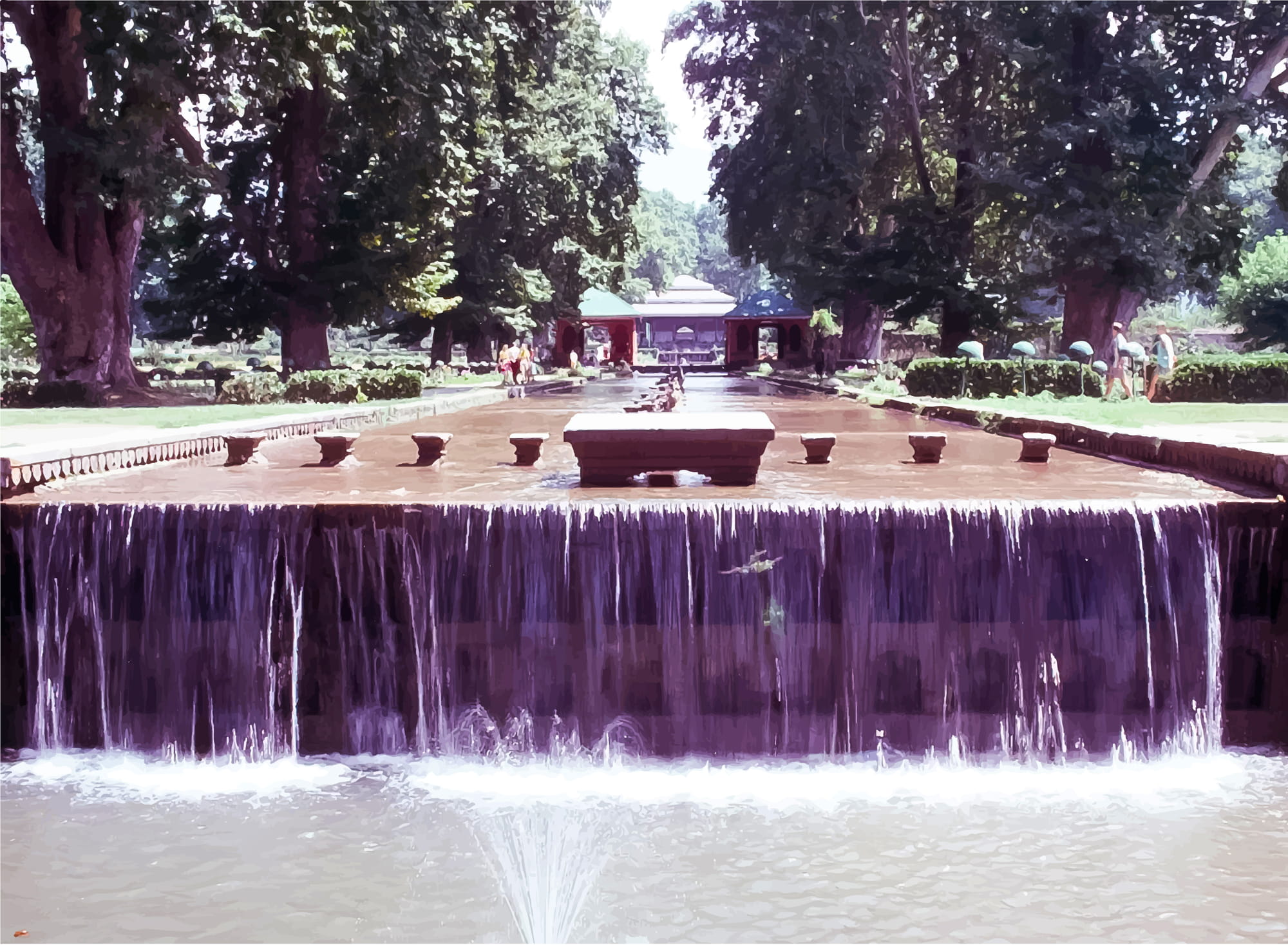
Adopted from Archnet, accessed August 8, 2023. Shalimar Bagh, Kashmir, View from king’s garden looking northeast showing the third terrace (ladies garden).
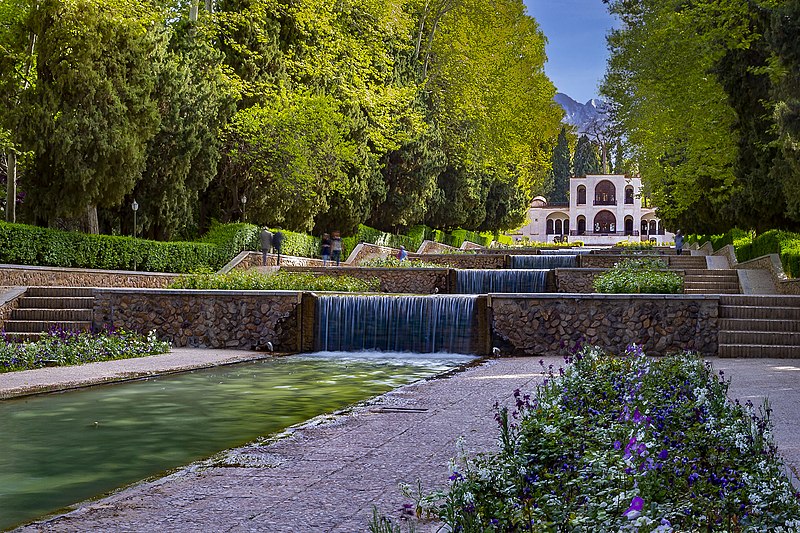
Adopted from Wikimedia, accessed Jan 3, 2024. Mahan Garden, Kerman, view from lower terrace. Photo by Amir Sadeghi.
How are they similar?
Let's Compare!
Babur and Mahan Gardens
These two pictures are 3D models of Babur Garden in Afghanistan and Mahan Garden in Iran. Considering the royal essence of these gardens, one can guess the intertwined hierarchical order associated with their dynastic functions.
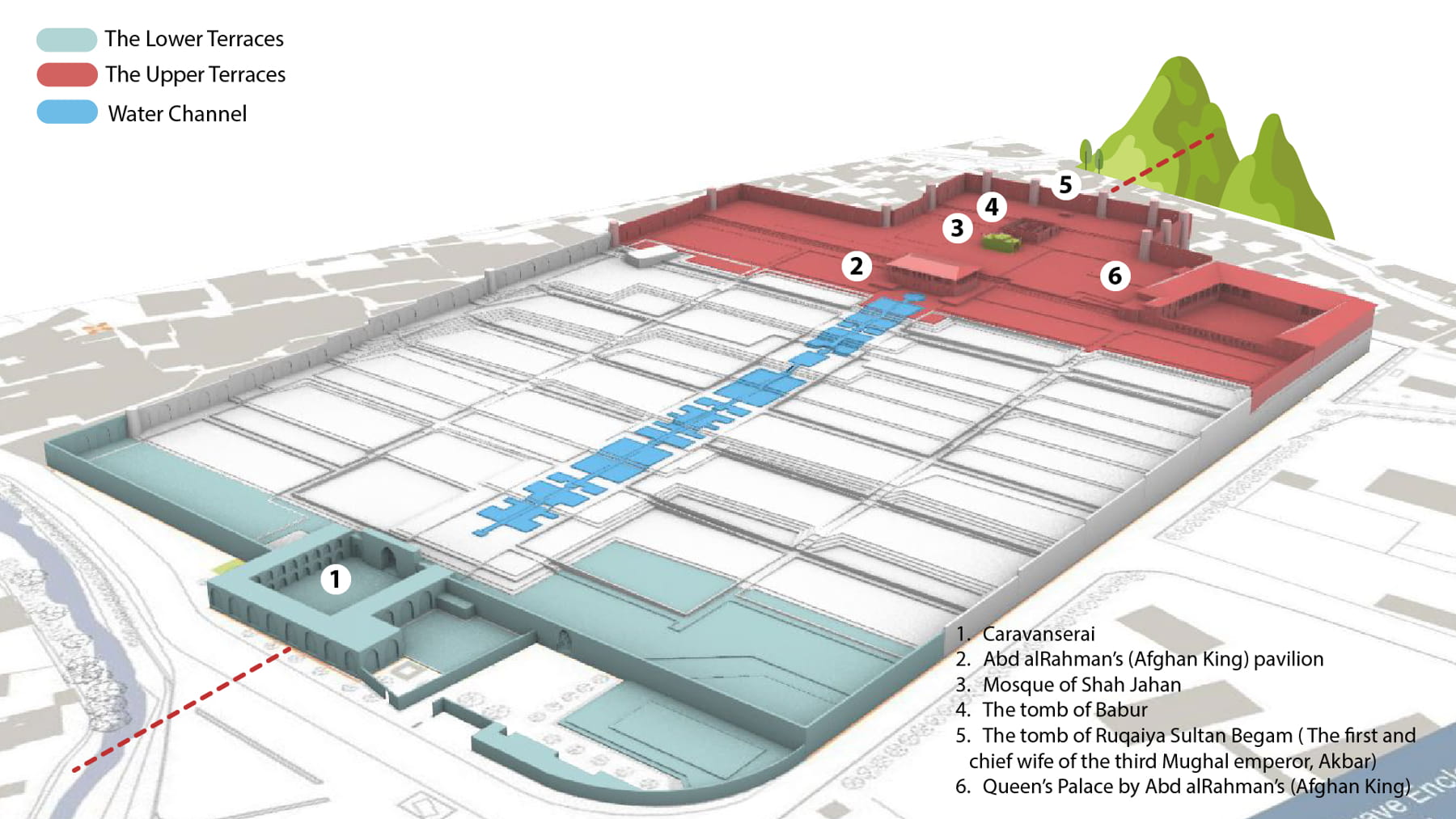
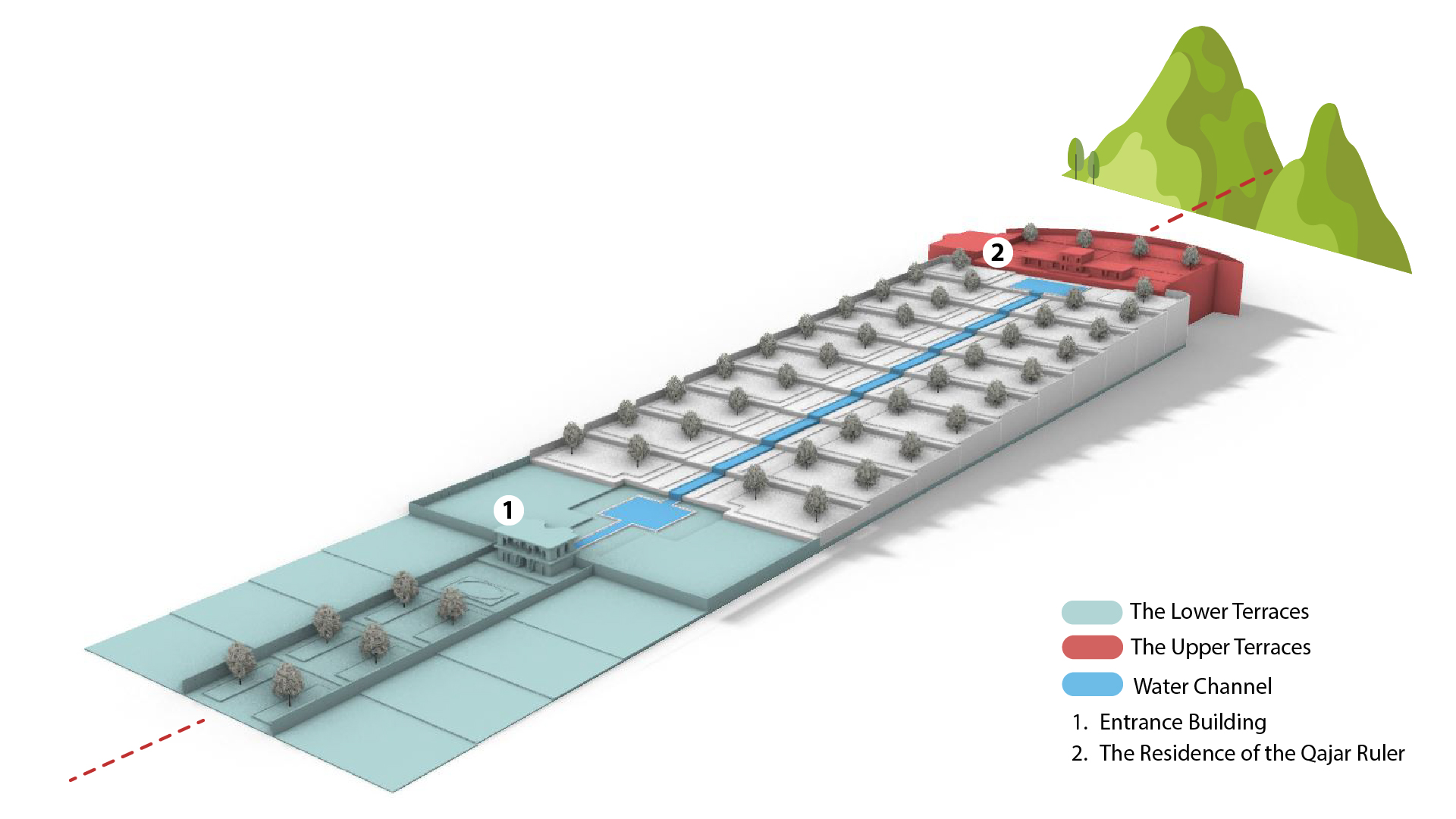
Learn More!
How would you relate the landscape design to the natural features and power narratives?
- The upper terraces of both gardens were devoted to either the ruler of a city or the king of an empire.
- The lowest terraces contain gardens' entrances.
- Both gardens were enclosed by walls, but Babur's Mughal Garden features fortifications.
Water connects the terraces in both gardens, creating an axial view from the royal pavilion to the entrance.
Power Hierarchy in a Riverfront Garden vs. a Hillside Garden
The Taj Mahal vs. Babur's Tomb
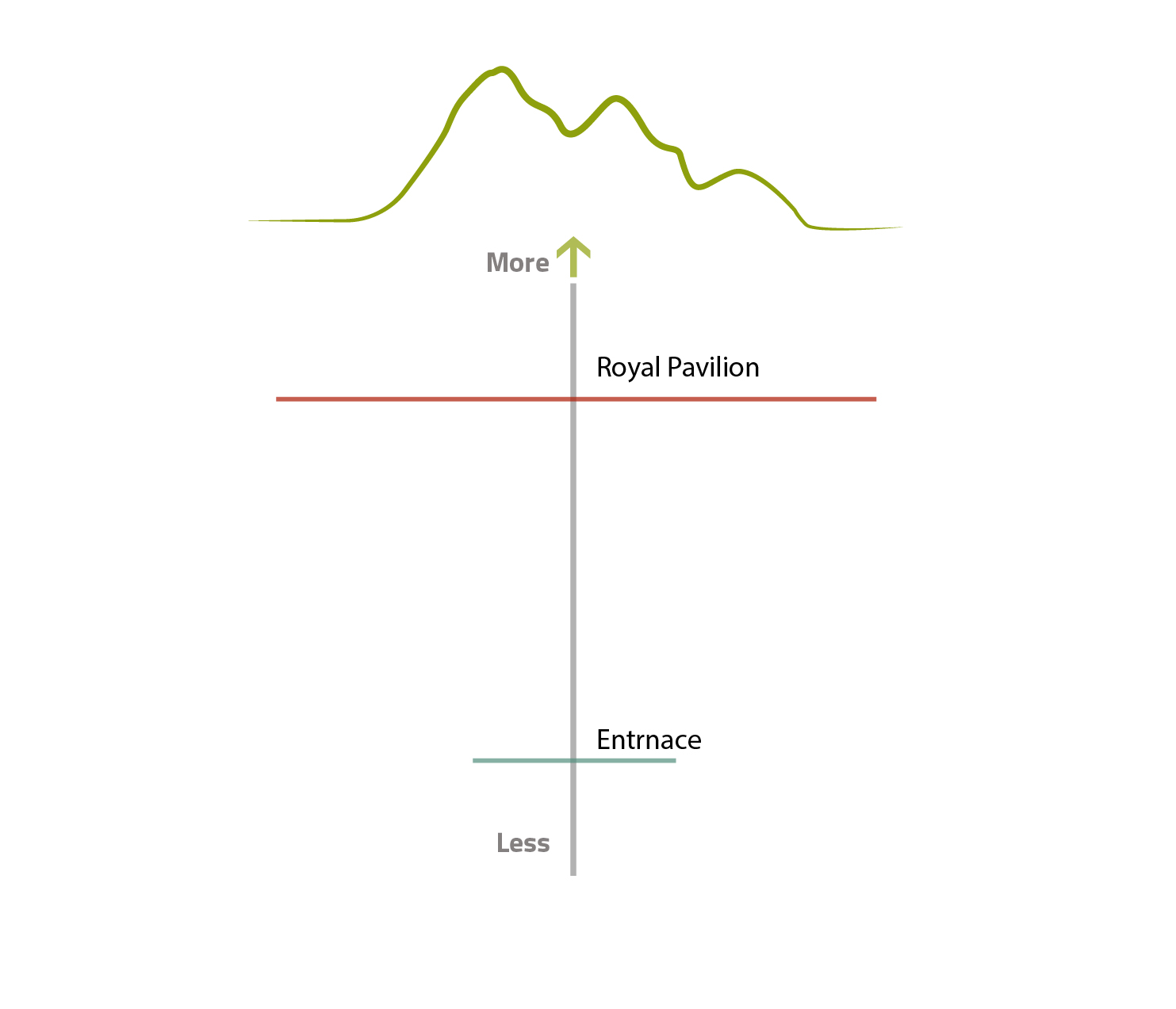
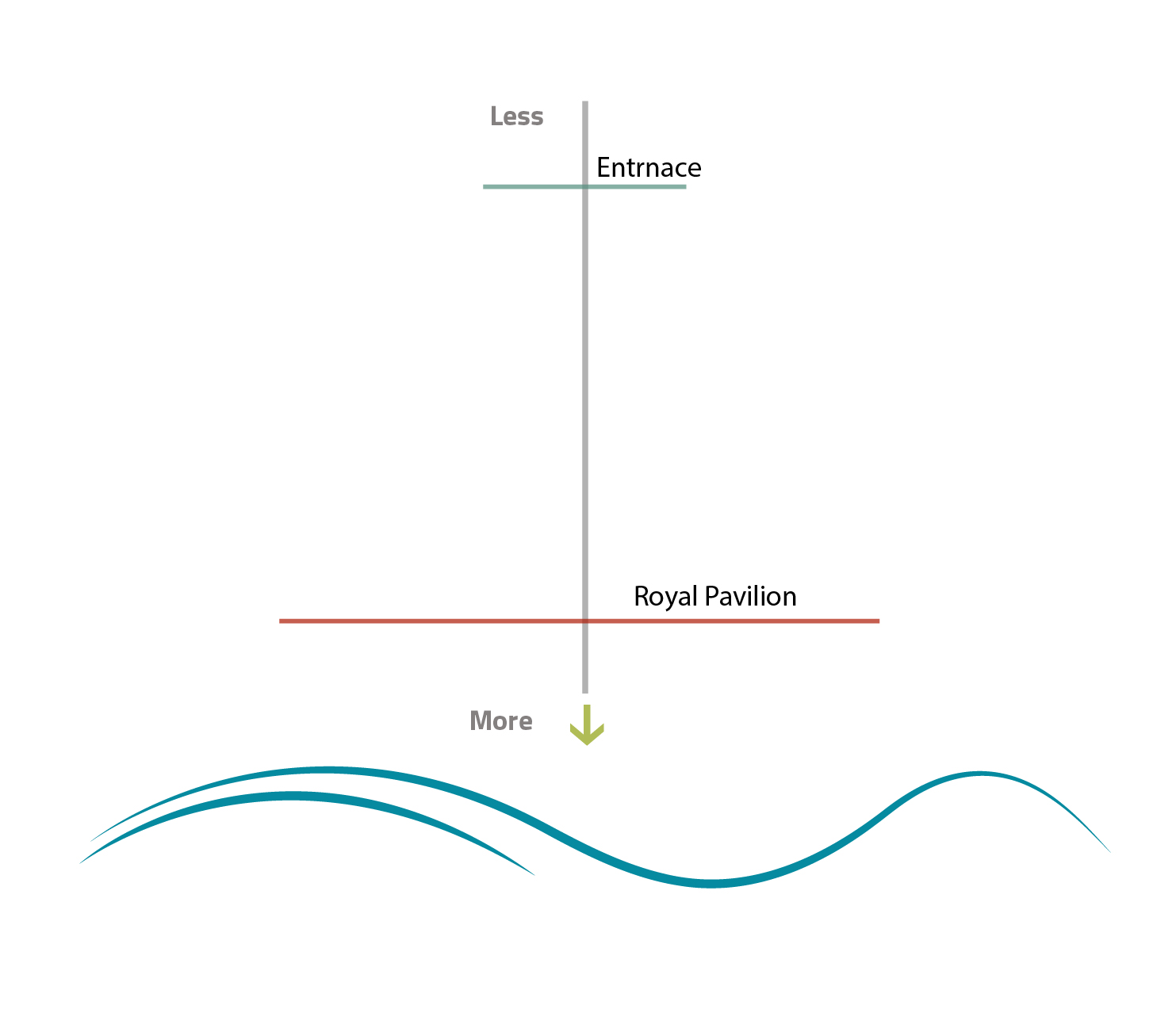
Spatial Layout and Hidden Concepts
Architects defined hierarchy and privacy using design concepts such as the level of access and view to a particular place. If designers designate a private usage for a certain space, its access will not be immediate and the level of view to that space from other parts is limited. This hierarchical design can be seen in multiple shapes speaking to topography and natural features of the garden’s site, particularly water sources. For instance, the highest spot, with a superior view, was devoted to the kings/queens’ pavilion/tombs in the stepped gardens over a hill. However, the view of the river was reserved for the king/queen’s pavilion/tomb in a riverfront garden topography. Hence, the level of authority affects the definition of function for each step.
Look! Identical designs create | a similar power narrative.
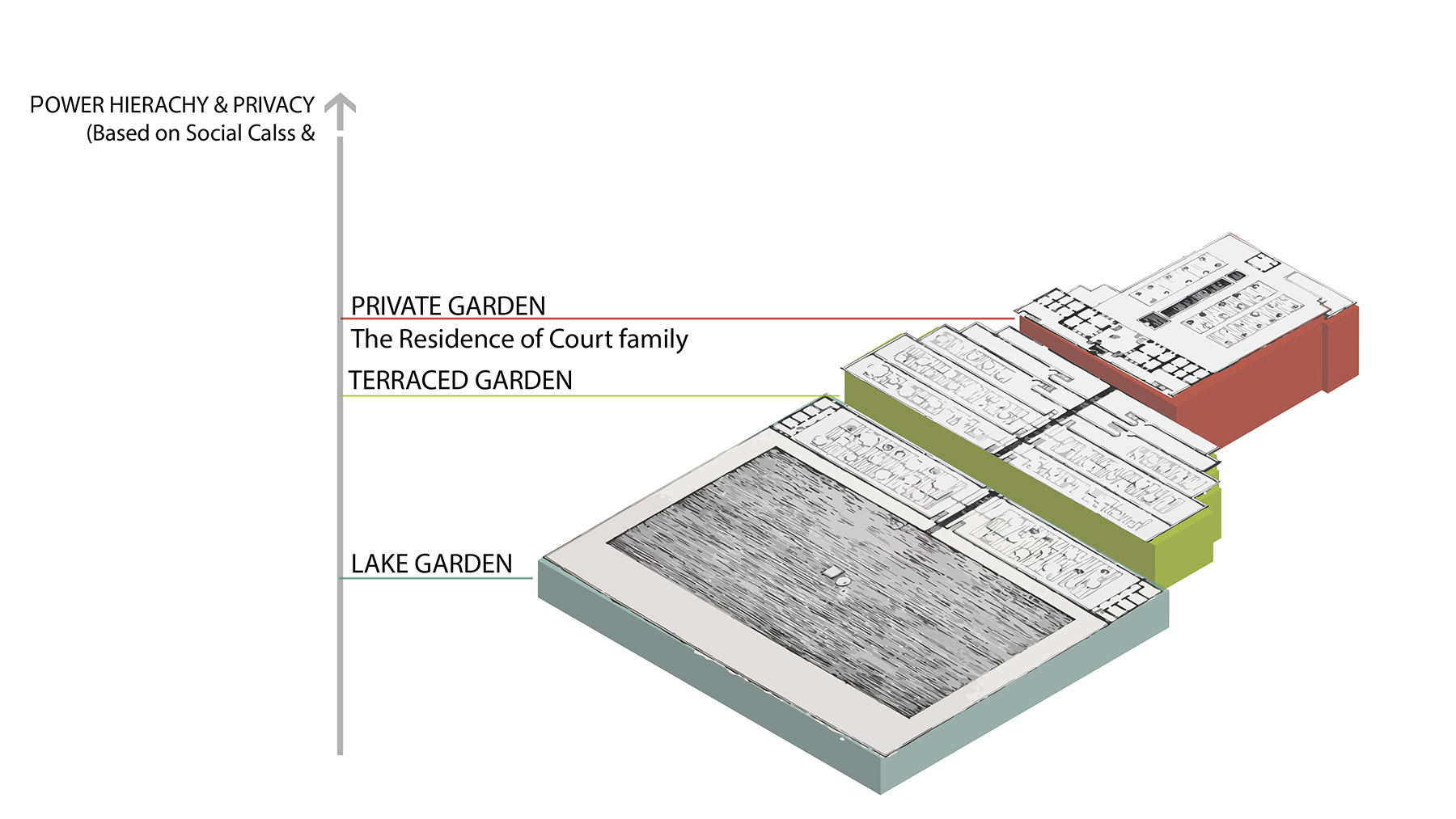
Takht Garden, Iran
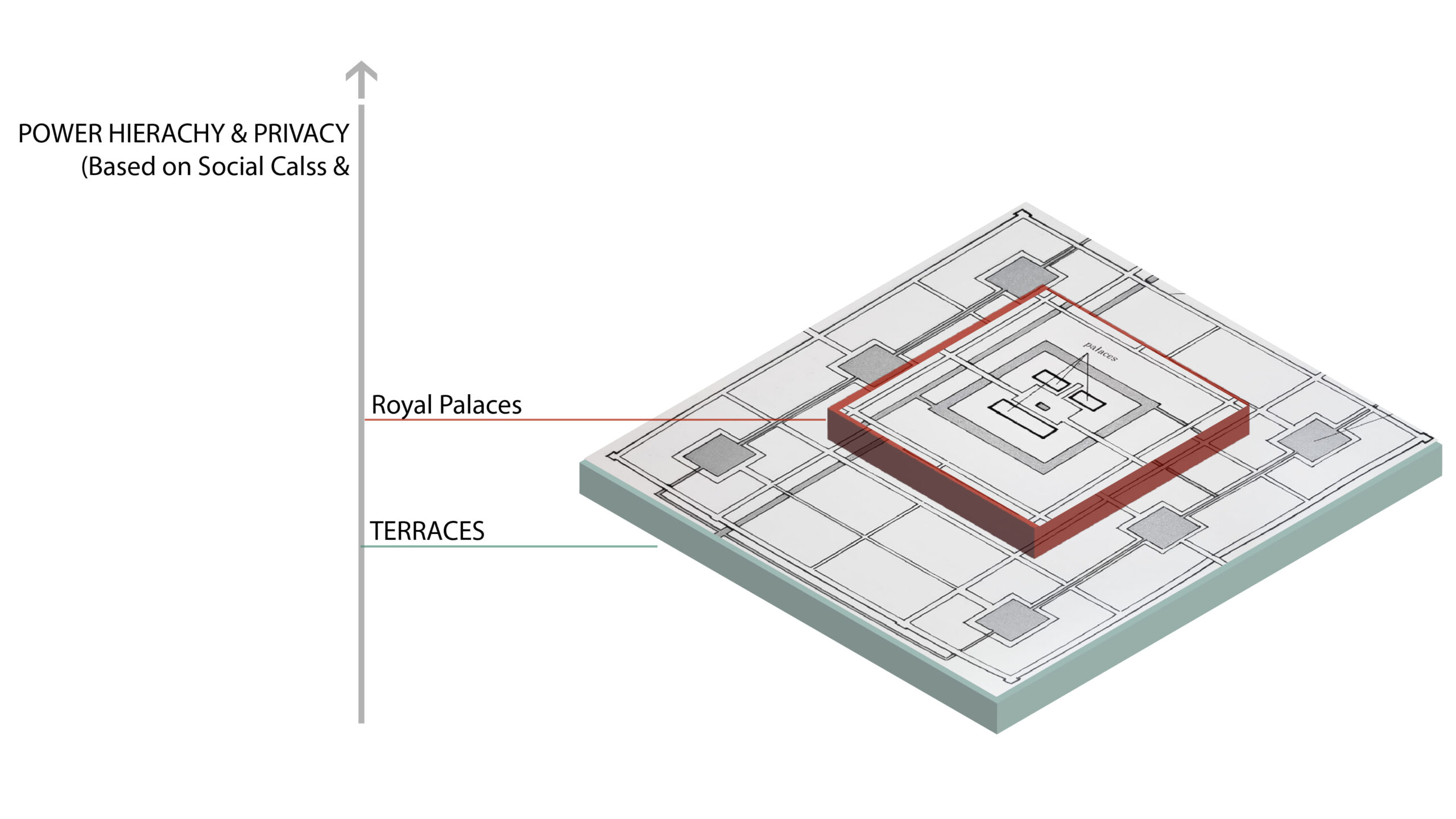
Rose Garden, Uzbekistan
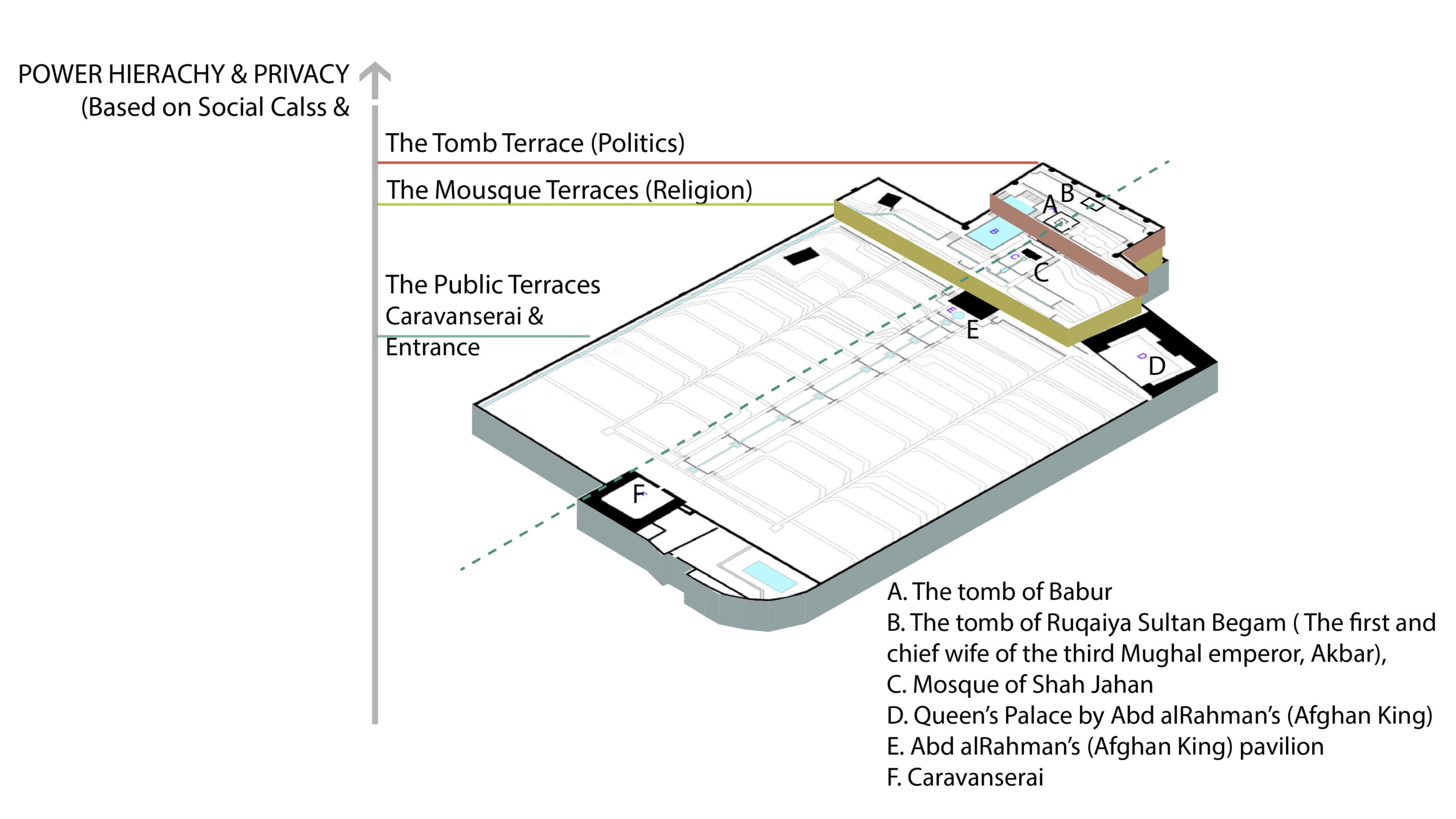
Babur Garden, Afghanistan
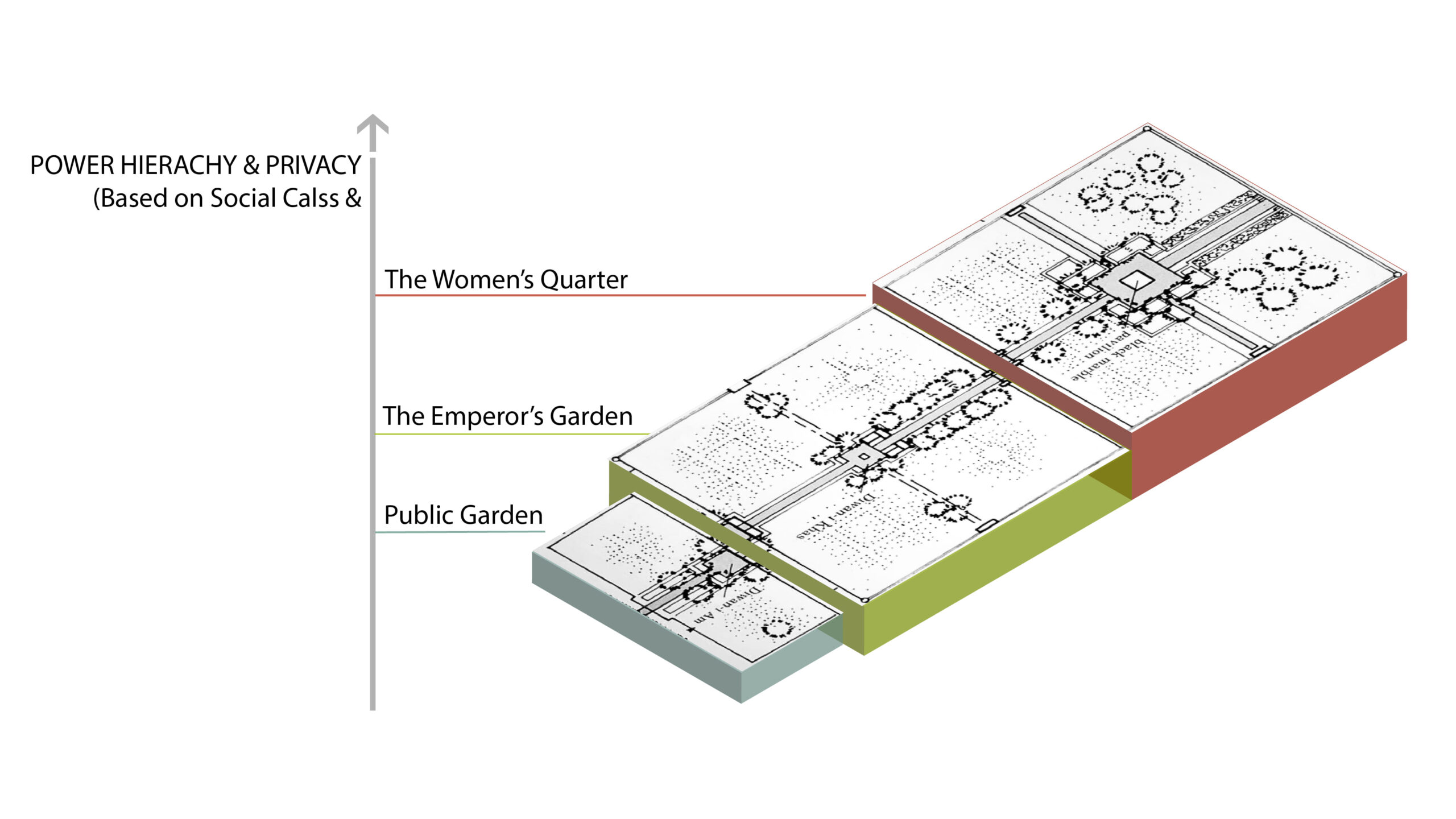
Shalamar Garden, Kashmir
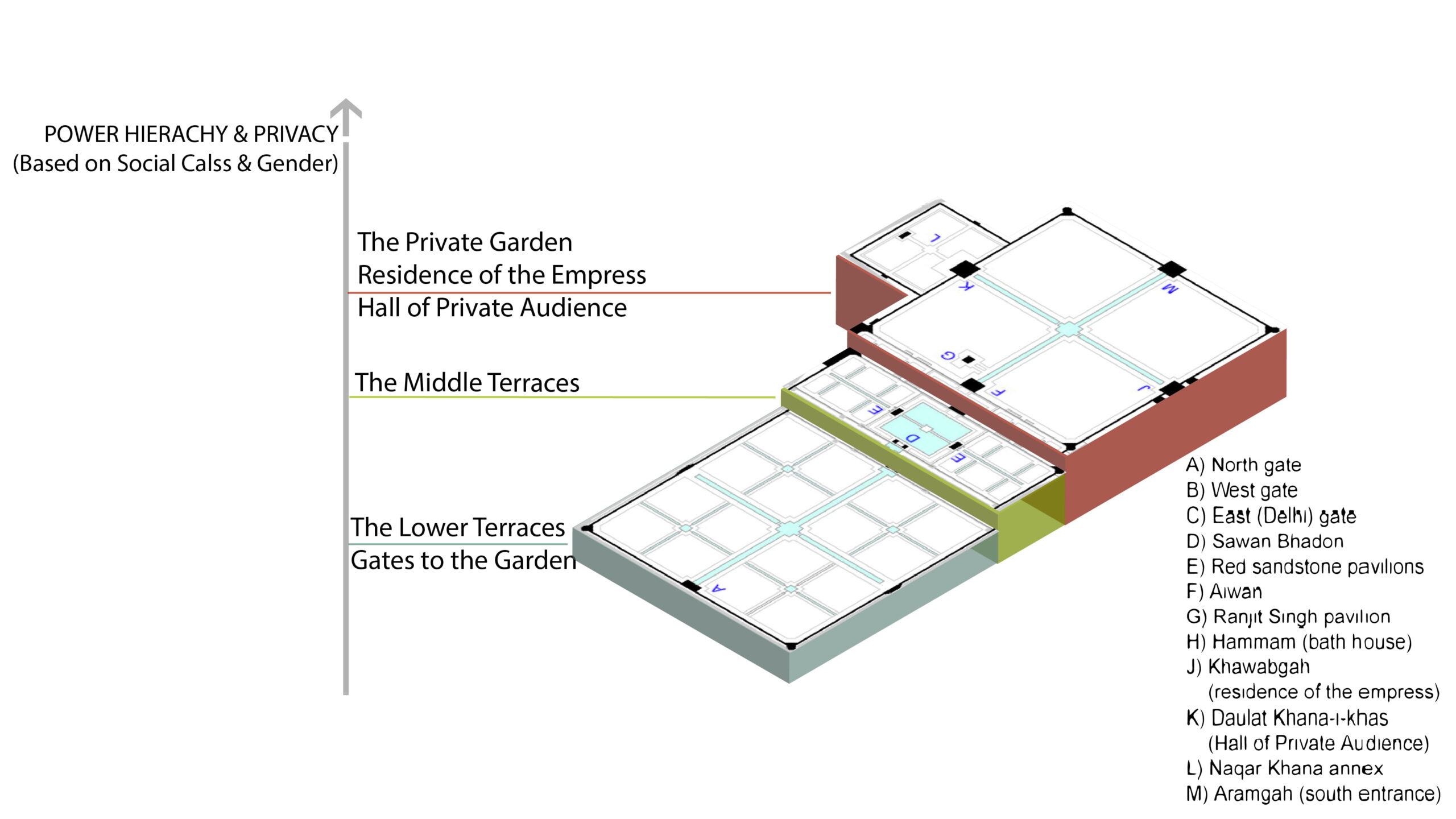
Shalamar Garden, Pakistan
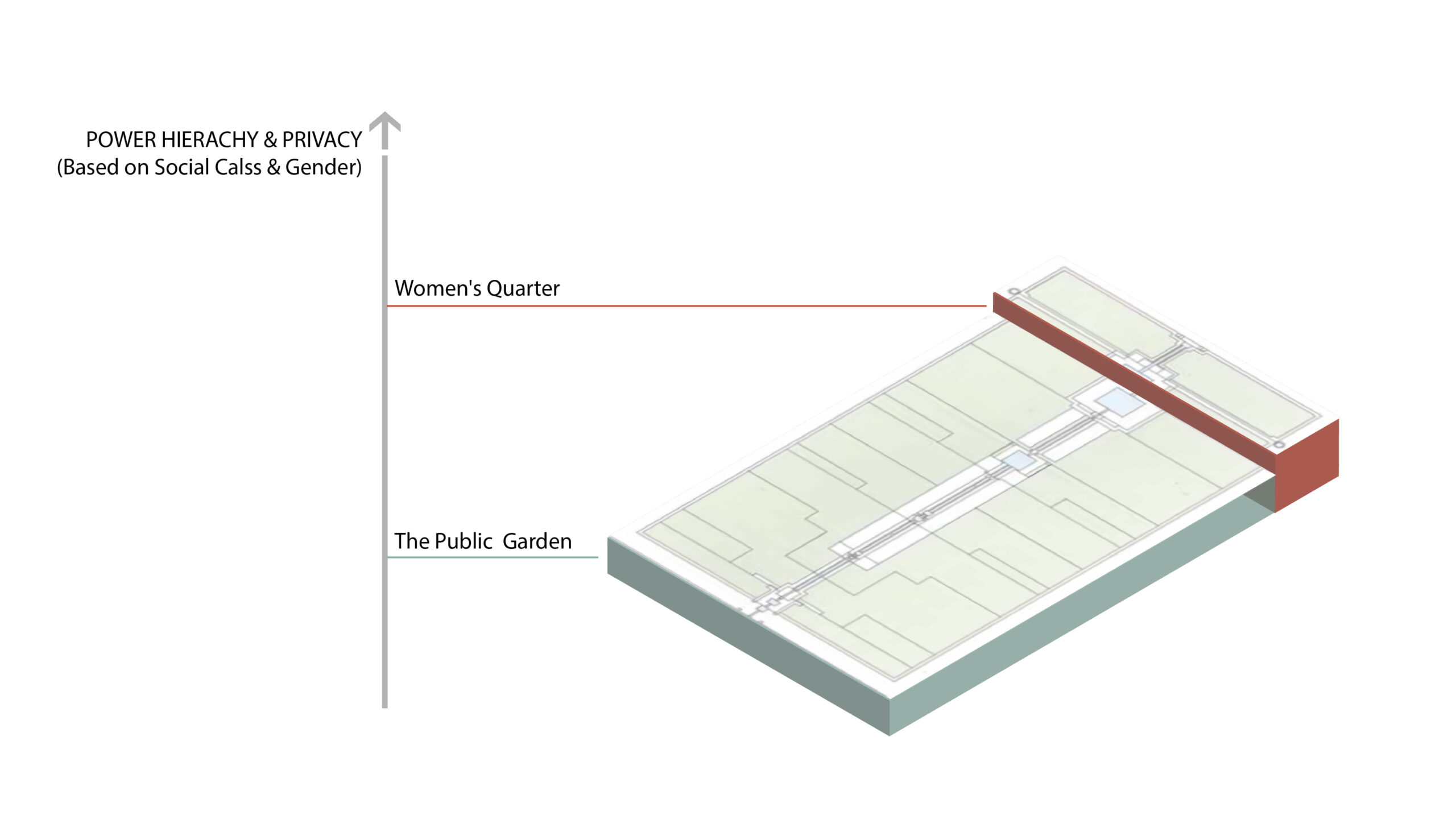
Nishat Garden, Kashmir
Explore Their Locations
Map of Stepped Gardens
The map below illustrates how the stepped gardens and their hidden concepts spread across different regions of the Persianate cultural zone, showing the flow of ideas and interconnections between multiple communities over history.
Copyright © 2023 Cross-cultural Gardens
info@thearchiart.com